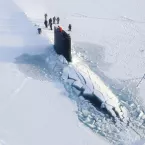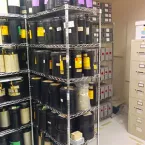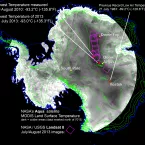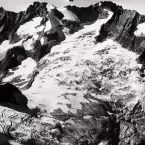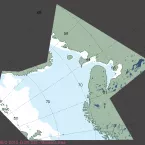
NOAA@NSIDC
Stewards of data, past and present
Learn how NOAA@NSIDC data are being used in research, and read updates and spotlights on how you can use the data, tools and resources we offer. If you are using NOAA@NSIDC data in your research, teaching or some other way, let us know and we may feature your work in our next article. Share your story with us today.
